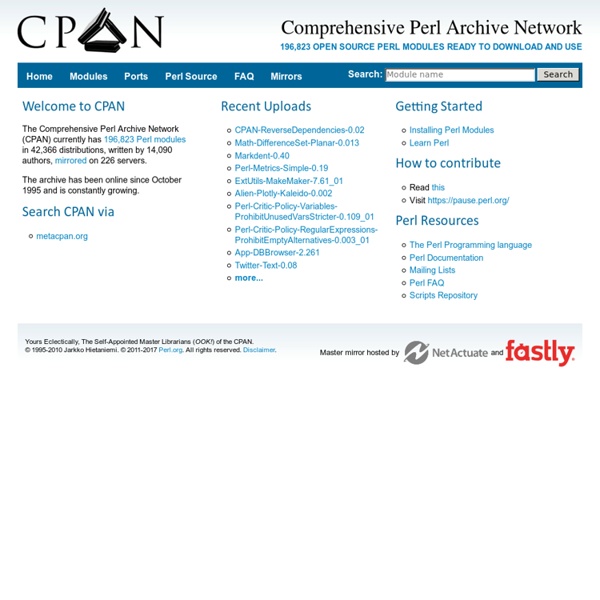



Models Collecting Dust? How to Transform Your Results from Interesting to Impactful Data science, machine learning, and analytics have re-defined how we look at the world. The R community plays a vital role in that transformation and the R language continues to be the de-facto choice for statistical computing, data analysis, and many machine learning scenarios. The importance of R was first recognized by the SQL Server team back in 2016 with the launch of SQL ML Services and R Server. Over the years we have added Python to SQL ML Services in 2017 and Java support through our language extensions in 2019. Earlier this year we also announced the general availability of SQL ML Services into Azure SQL Managed Instance. SparkR, sparklyr, and PySpark are also available as part of SQL Server Big Data Clusters. With that said, much has changed in the world of data science and analytics since 2016. Today we are making the following announcements to clearly state our direction and intent for R within Azure SQL and SQL Server. Looking to the future with the R community
Hashes of Arrays (Programming Perl) Use a hash of arrays when you want to look up each array by a particular string rather than merely by an index number. In our example of television characters, instead of looking up the list of names by the zeroth show, the first show, and so on, we'll set it up so we can look up the cast list given the name of the show. Because our outer data structure is a hash, we can't order the contents, but we can use the sort function to specify a particular output order. 9.2.1. Composition of a Hash of Arrays You can create a hash of anonymous arrays as follows: # We customarily omit quotes when the keys are identifiers. To add another array to the hash, you can simply say: $HoA{teletubbies} = [ "tinky winky", "dipsy", "laa-laa", "po" ]; 9.2.2. Here are some techniques for populating a hash of arrays. flintstones: fred barney wilma dino jetsons: george jane elroy simpsons: homer marge bart you could use either of the following two loops: You can append new members to an existing array like so: 9.2.3.
Posts CSS Query (I've been out of practice) James Robert Gardiner Hi guys, I've been majorly out of practice with website development, and I'm currently developing a website for a friend of mine. Essentially he wants a scrolling website with anchor links, which is fine. Basically I have whipped up a pretty awesome background for him, and have even got it to fit to the page using background size to "cover"..
r - What is the difference between gc() and rm() Hashes Hashes are complex list data, like arrays except they link a key to a value. To define a hash, we use the percent (%) symbol before the name. defineahash.pl: #! Display: Nickel5Dime10Quarter25 Hashes can be indexed using two scalar variables. legiblehash.pl: #! Nickel, 5 Dime, 10 Quarter, 25 The each() function takes a hash. Hashes work really well with HTML Tables. tablehashes.pl: #! We have yet to sort our hash so you may experience different arrangements of your keys than shown in the display box. Sorting any hash requires the use of the sort() function that has previously been outlined in PERL Arrays. sortkeys.pl: Dime: 10 Nickel: 5 Quarter: 25 The $coins($key) represents the variable assigned by PERL to each value of each element. Hashes may be sorted by value. We need to edit our hash to and change is the values to floating-point numbers. sortvalues.pl: #! Nickel 0.05 Dime 0.1 Quarter 0.25 Adding a new key/value pair can be done with one line of code. addelements.pl: #! removeelements.pl: #!
Free Source Code and Scripts Downloads r - How do I scrape multiple pages with XML and ReadHTMLTable Formation Perl - Guide Perl : tables de hachage Dernière version sur © 2002-2015 Sylvain Lhullier - Permission est accordée de copier et distribuer ce document sans modification et à condition de fournir un lien vers la page 6. Tables de hachage Les tables de hachage de Perl ne se retrouvent pas dans beaucoup d'autres langages ; pour les avoir souvent utilisées en Perl, il est dur de repasser à des langages qui n'en sont pas pourvus. Une table de hachage (hash table en anglais) est un type de donnée en Perl permettant d'associer une valeur à une clef. Je peux, par exemple, avoir envie de gérer en Perl un index téléphonique simple : chacun de mes amis a un numéro de téléphone, je veux pouvoir retrouver leur numéro à partir de leur prénom. "Paul" -> "01.23.45.67.89" "Virginie" -> "06.06.06.06.06" "Pierre" -> "heu ..." 6.1. Une variable de type table de hachage se déclare de la sorte : my %h; On a alors une table de hachage vide (aucune clef). my %h = (); 6.2.
Code Snippets - Snipplr Social Snippet Repository xml - Web scraping with R over real estate ads